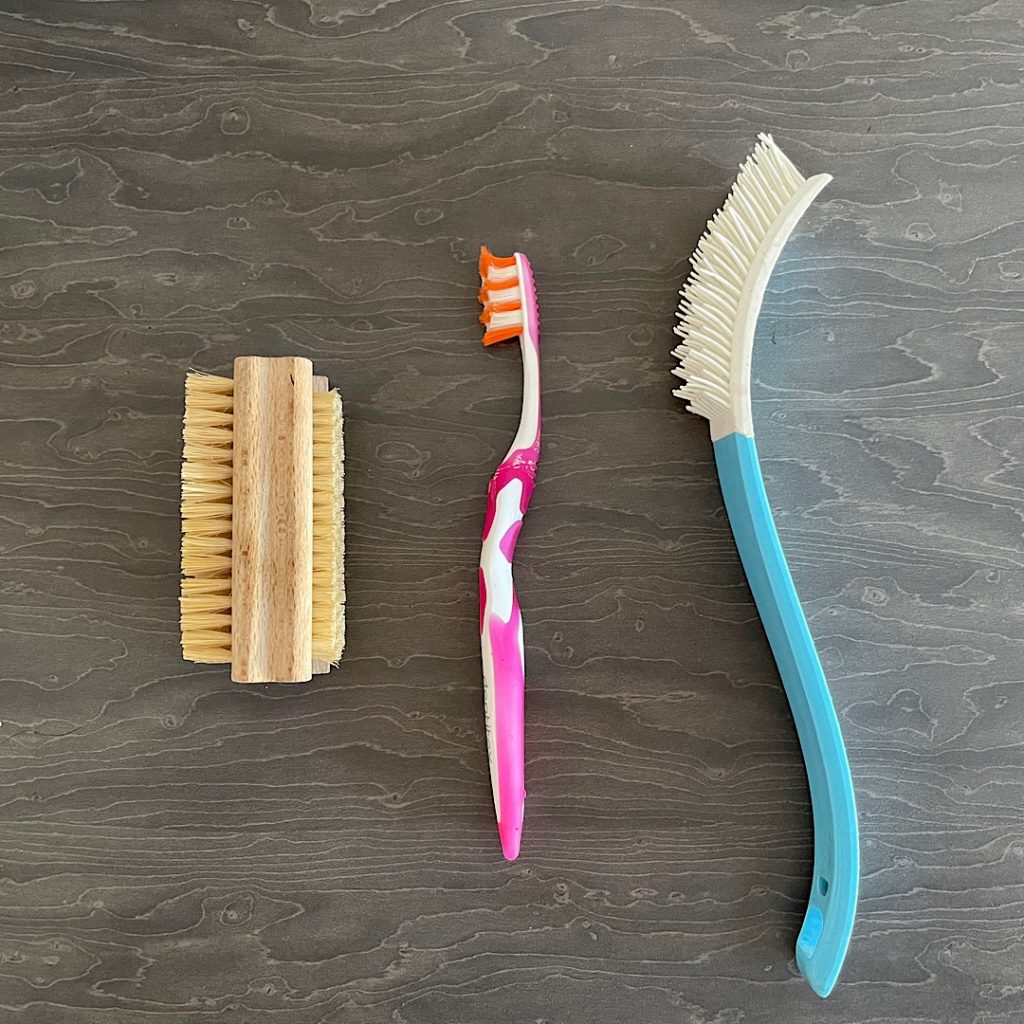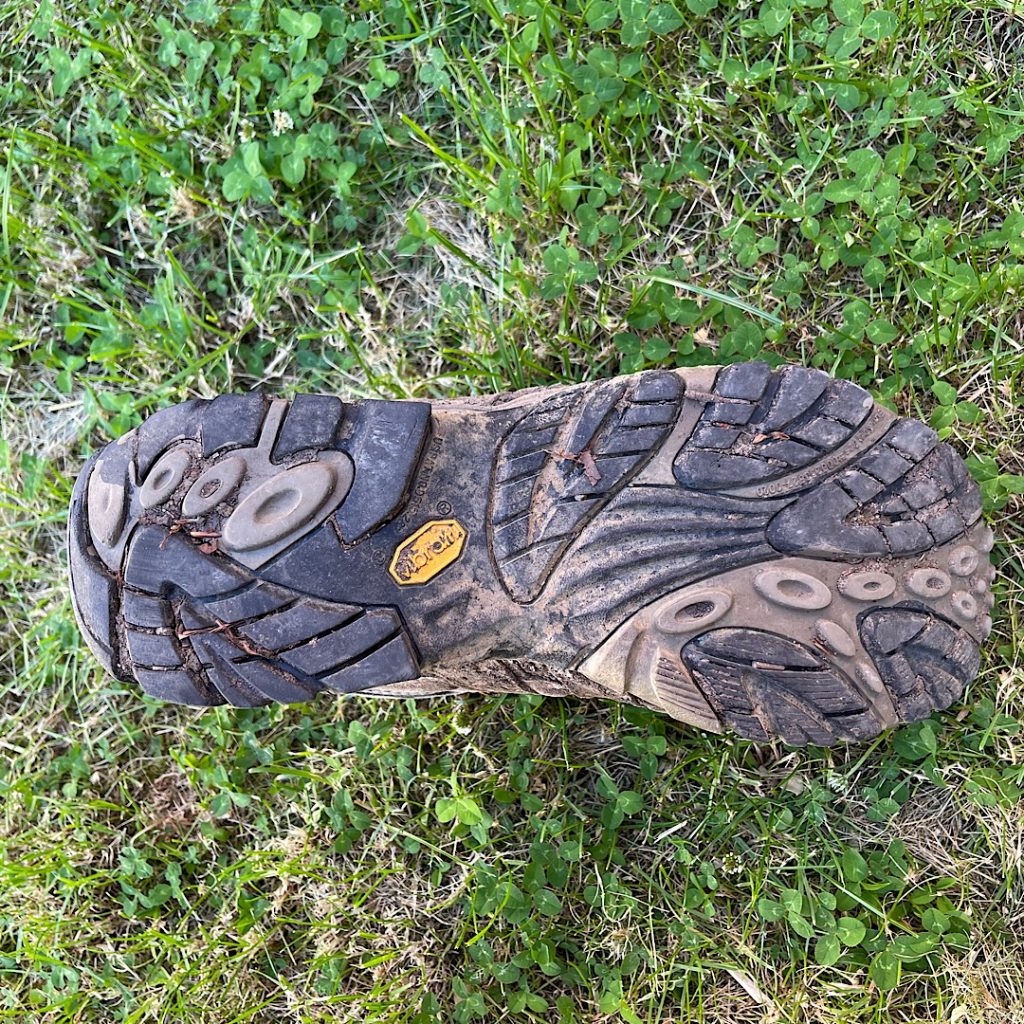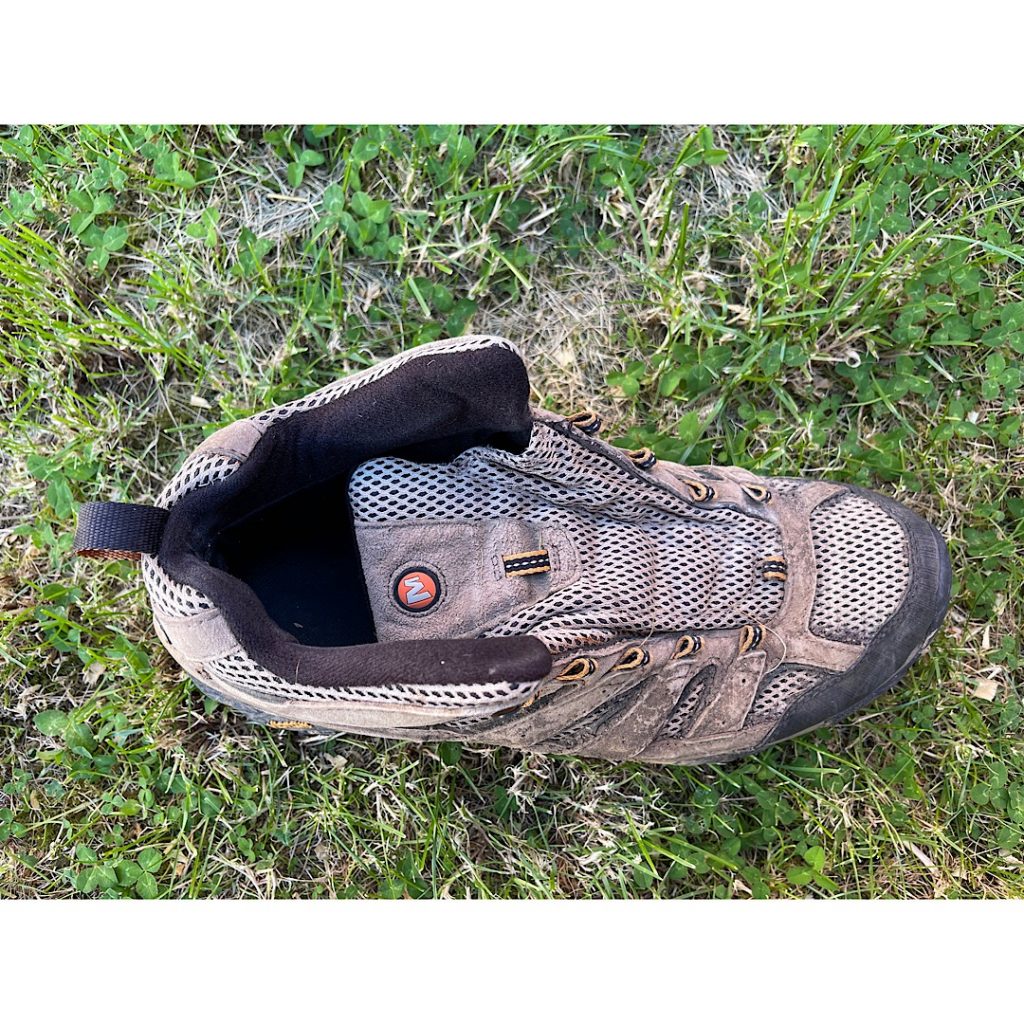How to clean hiking boots
Hiking boots have been designed to take the very worst the environment can throw at them. But throwing them in the corner, covered in mud, is the worst thing you can do. Keep them clean, treat them well and they’ll last you for many years and miles. Giving them the best possible care will ensure you don’t need to replace them before their time is up.
Tip: if you can’t clean your boots right after a hike, the latest you should do this is the following day.
By not cleaning your boots you run the following risks:
- Dirt, small stones and other abrasive materials work their way into the material. The grinding effect that comes with every step you take damages the fibres and reduces the life of your boots.
- Dried, caked mud sucks the natural moisture from your boots leaving the material hard and prone to cracking.
- Materials such as GORE-TEX are easily clogged by mud which reduces the waterproofing and breathability of your boots.
Tools you’ll need to clean your boots
- A stiff brush. Any of the following will do:
- Nail brush
- Tooth brush
- Dish brush
- Cleaning agent. Any of the following will do:
- A (mild) washing up liquid/water mix
- Boot cleaning solution
- Saddle soap

Steps
Remove all excess, dried mud.
The loosest layers can be picked off by hand. For more stubborn dirt, gently knocking the boots against a firm surface (not too hard as you risk damaging the material, or stitching). Another option is to use a stiff brush to clear the worst of the dirt.
Don’t forget to clean out the lugs. If clogged, the soles will have have less grip in wet, slippery conditions.

Remove the bootlaces and insole
In order to get into every nook and cranny you’ll need full access to the tongue. Once you’ve removed the laces, pull the tongue forward and remove any grit and dirt hiding in the recesses. Shaking out your laces and giving them a thorough rinse to remove dirt trapped in the fibres.
Remove the insoles and shake out any dirt lurking inside the boots.

Wash your boots
Before you start cleaning, push a thick wad of absorbent material into your boots. This will soak up excess moisture, including any splashes of water or cleaning fluids.
Using any of the cleaning agents mentioned above, clean your boots.
Rinse your boots with cold water.
Remove any excess dirt using a soft brush, or cloth.
Note: if you need to waterproof your boots, take this step whilst your boots are still wet. You’ll know when the waterproofing is failing as water no longer ‘beads’ on the material, instead it’s absorbed.
Dry your boots
It’s vital your boots are fully dried after washing. Allow the to dry naturally – do not place them over a source of heat as this may damage the material and harden the outsole. Placing balls of newspaper, or other absorbent material inside, will speed up the drying process.
Once dry, store your boots in a place where the temperature is constant. Hot, humid storage locations will prematurely age your boots and shorten their lifespan.
Note: only replace your insoles once the boots are fully dried.
Other boot cleaning tips
Get rid of bad odours
If you notice a foul aroma coming from your boots after cleaning give them a spray of boot disinfectant, or an anti-odourant. Direct exposure to sunlight also kills the odour-causing bacteria, but don’t let your boots dry out.
Conditioning leather boots
If your boots are full-grain leater (they look shiny), apply leather conditioner once they are dry. Don’t apply too much conditioner as this will soften the leather and reduce ankle support.
Reactivate GORE-TEX waterproofing
Boots with an external GORE-TEX shell will benefit from ‘reactivation’, which is a waterproofing spray treatment. Products such as Nikwax Fabric and Leather Proof Waterproofing, which is a form of DWR, should be used to rejuvenate the waterproof qualities of your boots.
Note: only use a reactivation product when the material starts to wear down, or no longer repels water.
FAQs
Yes, but the mix should be weak. The ration of water to dish soap should be maximum of 8 parts water to 2 parts soap.
Clean your hiking boots every time they have been worn, especially if they are muddy. Regular washing removes dirt and grit that can ruin, or cause holes to form in, the material. Insoles clogged with mud reduce traction on wet and muddy trails.
No. Mink oil is not designed for hiking boots and will lead to premature aging of the leather and a loose fit that reduces ankle support.

